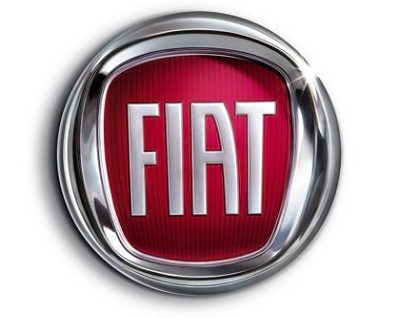FIAT exits Italian employers’ organisation Cofindustria


This is a note from Banco Santander analysts about the current state of what used to be their competitors, the savings banks. It is a good way to summarise where they are now and what they look like [emphasis is ours]: “The Bank of Spain (BoS) last Friday considered the process of re-capitalisation of the country’s financial system as completed. Thus, it has met the stringent capital requirements imposed by…
This is a note from Banco Santander analysts about the current state of what used to be their competitors, the savings banks. It is a good way to summarise where they are now and what they look like [emphasis is ours]: “The Bank of Spain (BoS) last Friday considered the process of re-capitalisation of the country’s financial system as completed. Thus, it has met the stringent capital requirements imposed by…
In spite of appetite for US banks being healthy and at the top of the S&P upward trend, their CDS keep rocketing, too, at quite a pace (+7,72% on Thursday). The graph pictures the changes from May-June. We fear is a correlation effect from what’s happening to Chinese banks. Details from Barclays Capital: “China closing for lunch off 37bps, noticeably less phased by the stream of commentary overnight about problems…
In spite of appetite for US banks being healthy and at the top of the S&P upward trend, their CDS keep rocketing, too, at quite a pace (+7,72% on Thursday). The graph pictures the changes from May-June. We fear is a correlation effect from what’s happening to Chinese banks. Details from Barclays Capital: “China closing for lunch off 37bps, noticeably less phased by the stream of commentary overnight about problems…
By Luis Arroyo, in Madrid | The Ralphanomics blog has a post on velocity of circulation of money that brings a very interesting intuitive graph: how the velocity of money (M1) has changed since the crisis began. Against this variable, there is a comparison to the 1930s Great Depression –the black line at the right angle, between 1920 and 1932. The velocity of money is simply the GDP divided by money…
By Luis Arroyo, in Madrid | The Ralphanomics blog has a post on velocity of circulation of money that brings a very interesting intuitive graph: how the velocity of money (M1) has changed since the crisis began. Against this variable, there is a comparison to the 1930s Great Depression –the black line at the right angle, between 1920 and 1932. The velocity of money is simply the GDP divided by money…
One would think it’s all rumours and half-baked drafts more akin to belong to a neverending script than to the global finances’ reality, but that doesn’t prevent financial institutions from making a serious effort to analyse possible and probable results of their implementation. JP Morgan says “The possibility that any important news/measure comes out of some of the many meetings/summits that are planned for the next week and a half,…
From Banco Santander, a briefing on yesterday’s events to enlighten our Wednesday: “It could not be otherwise, the euro zone (EZ) was trying to build a firewall for well-known reasons. And it is not only to stop the markets’ downturn, it is also associated with an attempt to cut the cost of the bailout for the taxpayer. “Late on Tuesday the Financial Times (FT) revealed, by quoting sources within the…
From Banco Santander, a briefing on yesterday’s events to enlighten our Wednesday: “It could not be otherwise, the euro zone (EZ) was trying to build a firewall for well-known reasons. And it is not only to stop the markets’ downturn, it is also associated with an attempt to cut the cost of the bailout for the taxpayer. “Late on Tuesday the Financial Times (FT) revealed, by quoting sources within the…